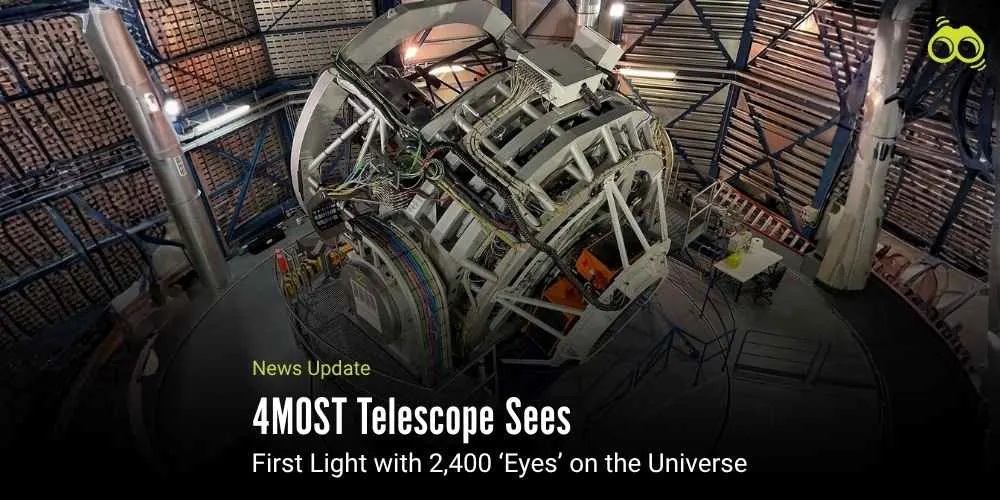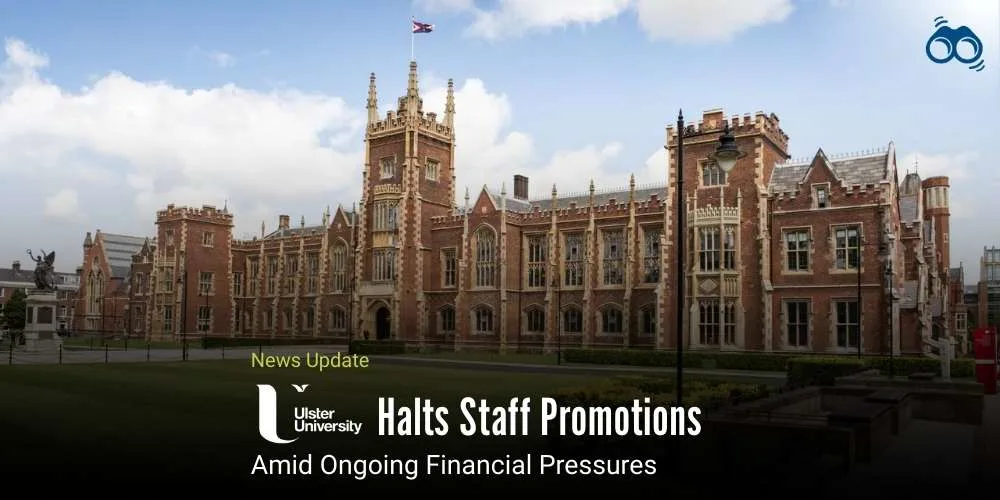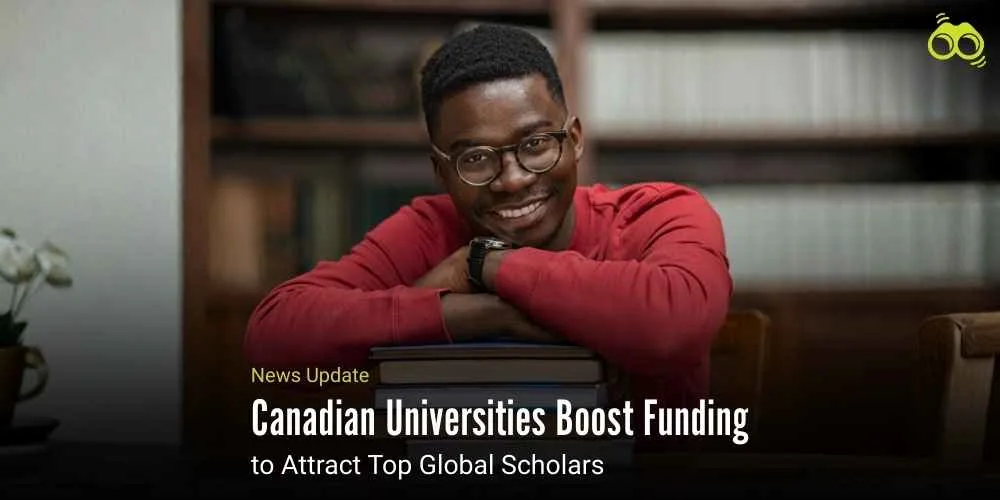Breakthrough for Astronomy: 4MOST Captures First Light Spectra
4MOST Telescope Opens New Era in Galactic and Extragalactic Research
As one of the largest and most advanced astronomical survey facilities in the world, the 4MOST telescope has successfully achieved 'first light', an important milestone indicating that the scientific operations have commenced. Among the mounting of participating universities, the University of Bath is one of three institutions in the UK which one may say are involved in the research with regard to galactic and extragalactic phenomena in this particular international project.
4MOST (4-metre Multi-Object Spectroscopic Telescope) is the largest multi-object spectroscopic survey facility in the southern sky, developed by a worldwide consortium and mounted on the 4-metre VISTA telescope on the European Southern Observatory's Paranal site in Chile. Unlike traditional telescopes that take static pictures of the sky, 4MOST records the light spectra, breaking down the light from celestial objects into thousands of colour components. This in turn allows astronomers to study the chemical compositions and physical properties of stars, galaxies, and other cosmic phenomena in great detail.
A wide range of celestial objects can be studied simultaneously with the telescope's capability of measuring light from 2,400 celestial bodies simultaneously, classifying their light into 18,000 colour components every 10 to 20 minutes. By doing this, massive catalogues of temperature, chemical composition, velocities, and other variables will be created for tens of millions of objects over the southern sky. Once it is fully functional, the 4MOST telescope will investigate the formation and evolution of stars and gas in our home galaxy, the Milky Way, and further afield into galaxies and black holes. Together, this will shed light on scientists' understanding of the large-scale structure and history of the Universe.
Dr Patricia Schady from the University of Bath's Astrophysics Group co-leads a working group responsible for Survey Programme Validation (SPV) slated to begin early next year. This will allow assessment of the telescope's performance and whether the scientific goals of each survey can be met in five years of operations. As she noted, it represents for the first time an opportunity for researchers to analyse light and spectra from thousands of astronomical sources observed simultaneously. The first telescope images and spectra look promising, per Roelof de Jong, the principal investigator of 4MOST, and head of the Milky Way section at the Leibniz-Institut für Astrophysik Potsdam. Another achievement is the ability to capture light that has travelled billions of light-years into a fibre as thin as a strand of hair, which was made possible by the extraordinarily skilled development team. Designed for a lifetime of at least 15 years, the 4MOST telescope is set to dramatically change how scientists study the Milky Way, black holes in the Milky Way, and other cosmological objects. Indeed, the telescope possesses a unique capacity to collect and analyse light and spectra in one shot from thousands of sources, a true asset concerning this work on the Universe.
Editor’s Note:
The successful "first light" of the 4MOST telescope marks a major step forward in global astronomy. As one of the most advanced survey instruments ever constructed, the 4MOST is now on the verge of commencing its scientific mission aimed at the unprecedented study of the Milky Way, black holes, and the wider Universe. The capacity for nearly simultaneous spectral recording from thousands of celestial objects brings forth new avenues for addressing issues related to the birth, evolution, and interactions of stars and galaxies. The involvement of the University of Bath in this international project showcases the continuous UK leadership in astrophysical research. With its Astrophysics Group, Bath is contributing to both galactic and extragalactic surveys that assist in building a clearer picture of our galaxy and the distant cosmic structures. The Survey Programme Validation, co-led by Dr Patricia Schady, will play a critical role in verifying the telescope's performance and ensuring that its ambitious science goals can be achieved over the next five years.
Skoobuzz emphasises that this development matters because it demonstrates how international collaboration and technological innovation can stretch the envelope on space sciences. By grabbing and analysing light and spectra from millions of sources, the 4MOST will create astronomical catalogues and go deeper into understanding the history and structure of our Universe.
FAQs
1. What is the 4MOST telescope used for?
The 4MOST telescope is designed for large-scale astronomical surveys. It records light spectra from thousands of celestial objects simultaneously, helping scientists study their chemical composition, temperature, velocity, and other physical properties.
2. What does 'first light' mean for a telescope?
‘First light’ refers to the moment a telescope captures its first scientific data. For 4MOST, this milestone marks the beginning of its operational phase and the start of its contribution to global astronomical research.
3. How does the 4MOST telescope study the Milky Way?
4MOST investigates the formation and evolution of stars and gas in the Milky Way by analysing light spectra from millions of objects. This helps researchers understand the structure and history of our galaxy in greater detail.
4. How many celestial objects can the 4MOST telescope observe at once?
The telescope can observe 2,400 celestial objects simultaneously, breaking their light into 18,000 colour components every 10–20 minutes. This enables rapid and detailed data collection across the Southern sky.
5. What are light spectra, and how do telescopes use them?
Light spectra are the breakdown of light into its individual colour components. Telescopes like 4MOST use this data to determine the chemical makeup, temperature, and motion of stars, galaxies, and other cosmic bodies.
6. What makes the 4MOST telescope different from traditional telescopes?
Unlike traditional telescopes that capture static images, 4MOST records detailed light spectra. This allows for deeper analysis of celestial objects and supports a wider range of scientific investigations.
7. What role does the University of Bath play in the 4MOST project?
The University of Bath is one of three UK universities involved in the 4MOST project. Its Astrophysics Group contributes to both galactic and extragalactic surveys, including studies of nearby stars, distant galaxies, and black holes.
8. Who is leading the Survey Programme Validation for 4MOST?
Dr Patricia Schady from the University of Bath co-leads the Survey Programme Validation (SPV), which will assess the telescope’s performance and ensure its scientific goals are achievable over the five-year observing programme.
9. What types of phenomena will 4MOST explore?
4MOST will study a wide range of phenomena, including the Milky Way, black holes in the Milky Way galaxy, supermassive black holes, remote galaxies, and explosive cosmic transients. It will also contribute to understanding the Universe’s large-scale structure.
10. How long is the 4MOST telescope expected to operate?
The 4MOST facility has been designed for a minimum operational lifespan of 15 years, supporting long-term research into the evolution of stars, galaxies, and other celestial objects.














0 Comments (Please Login To Continue)